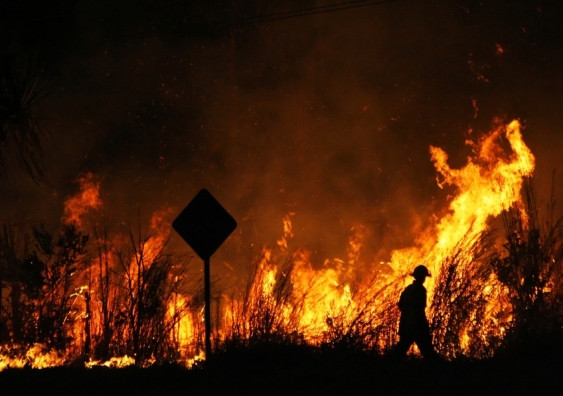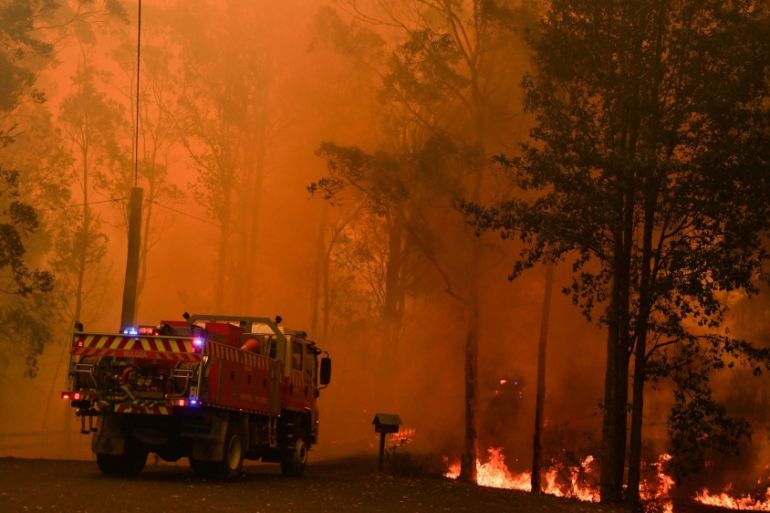How BAL Record Impacts Bush Fire Defense Steps
In the world of bush fire security, the Building Strike Degree (BAL) record stands as a crucial device that significantly influences the security and strength of buildings in fire-prone locations - BAL Report. The impact of a BAL analysis extends much beyond simple paperwork; it acts as the cornerstone for establishing the appropriate building criteria and fire protection steps needed to minimize the risks positioned by bushfires. As communities come to grips with significantly extreme fire periods, comprehending just how the BAL report shapes these safety steps comes to be vital for policymakers, builders, and house owners alike
Understanding the Bushfire Assault Degree

Value of BAL Report Evaluation

Moreover, the BAL report analysis acts as a fundamental action in adhering to legal obligations and requirements associated with bushfire protection. Local councils and authorities commonly mandate the submission of a BAL report as part of the planning and building authorization process to guarantee that homes are adequately safeguarded versus bushfire risks. Failing to conduct a comprehensive BAL report analysis can result in inadequate protection measures, leaving homes prone to ruining bushfire events.
Construction Criteria Based Upon BAL
A detailed understanding of the Bushfire Attack Level (BAL) makes it possible for residential property owners to implement building and construction standards customized to their specific danger account. Construction requirements based on BAL are crucial in alleviating the effect of bushfires on homes. The BAL rating categorizes the possible danger a residential property encounters during a bushfire on a scale from BAL-Low to BAL-FZ (Fire Area)
Carrying Out Fire Security Procedures
With the structure of building and construction requirements based on Bushfire Strike Degree (BAL) in position, the focus currently changes in the direction of the useful implementation of fire defense procedures to fortify residential or commercial properties against bushfire hazards. Carrying out fire protection measures entails a combination of passive and active strategies to boost the durability of structures in bushfire-prone locations. Easy procedures include making use of fire-resistant structure products, visit this web-site setting up coal guards on vents, sealing voids in walls and roof coverings, and preserving a clear room around the residential property devoid of flammable plant life. Active procedures encompass having firefighting equipment easily available, such as hoses and go to this site water pumps, along with developing a defendable space around the property by removing plant life and having a well-kept garden. Additionally, establishing a discharge plan and making sure all residents are conscious of emergency situation procedures are vital components of efficient fire protection procedures. By incorporating both passive and active approaches, homes can dramatically reduce their vulnerability to bushfire occurrences and raise the safety of passengers.
Shielding Homes Against Bushfires
Successfully protecting homes against the damaging impacts of bushfires requires a aggressive and extensive method to fire protection procedures. Property owners residing in bushfire-prone locations need to focus on the application of numerous methods to enhance their residential or commercial property's strength against wildfires. One basic aspect is creating a defensible space around the home by preserving a clear zone devoid of flammable materials. This consists of on a regular basis trimming greenery, getting rid of dead plants, and guaranteeing a secure distance between trees and frameworks. Mounting fire-resistant roof covering products can also considerably reduce the risk of ash strikes and straight flame call. Additionally, sealing vents and voids to avoid this ash intrusion, along with incorporating fireproof windows and doors, can help strengthen the home's defense against bushfires. Investing in a reliable water resource, such as a properly maintained lawn sprinkler system or a dedicated water tank, is vital for providing water during fire emergency situations - BAL Report. By welcoming an aggressive position and incorporating these safety actions, homeowners can considerably raise their opportunities of protecting their homes versus bushfires.
Conclusion
Finally, the Bushfire Attack Degree (BAL) record plays an essential role in determining the required protection steps against bushfires. By evaluating the BAL, construction standards can be tailored to minimize the risks and ensure the safety and security of homes in fire-prone locations. Applying fire security steps based on the BAL report is necessary in guarding homes from potential bushfire threats. It is vital for property owners to focus on BAL analyses and comply with recommended building and construction criteria to improve bushfire resilience.
In evaluating bushfire threat to buildings, comprehending the Bushfire Strike Level (BAL) is a vital part for carrying out reliable protection steps. On the whole, a clear understanding of the Bushfire Attack Level is necessary for implementing adequate defense actions and alleviating the effect of bushfires on properties.
